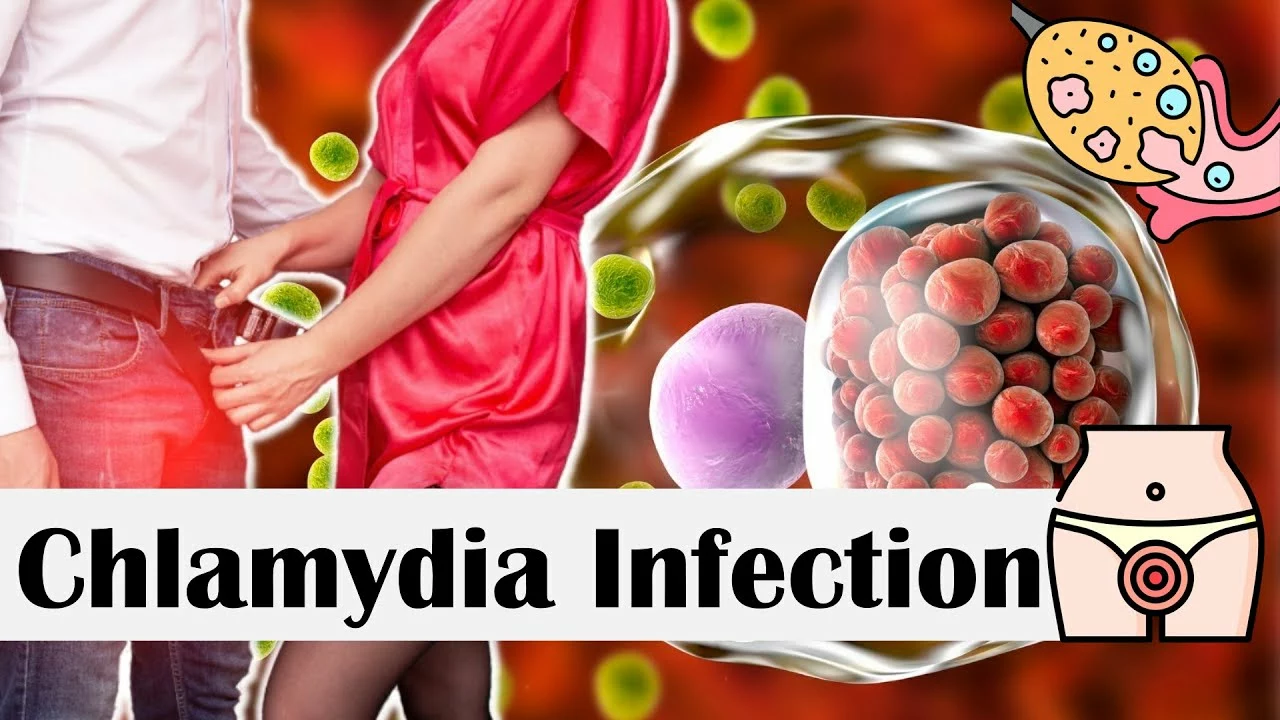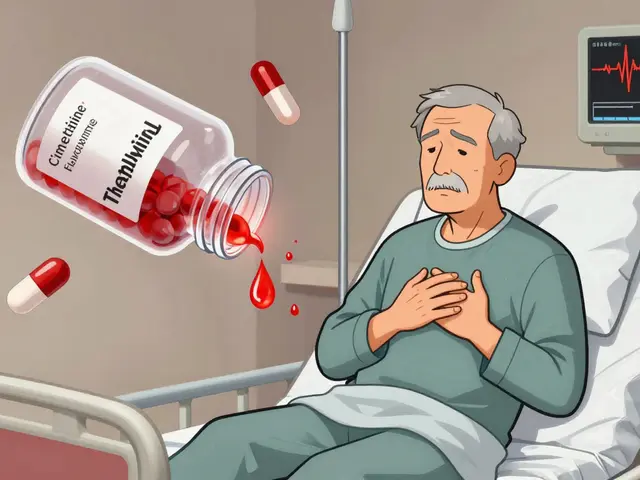Sexually transmitted infections: symptoms, testing and what to do next
STIs are more common than most people think, but catching one early makes treatment easier and lowers risk for partners. If you have any worry after sex or notice new symptoms, act fast. This page gives plain, practical steps you can use right now.
Know the signs — what to watch for
Not every STI shows symptoms, but these common warning signs mean you should get tested: unusual discharge, burning when peeing, genital sores or lumps, itching, lower belly pain, or bleeding after sex. Viral infections like herpes and HPV can cause sores or warts; bacterial infections such as chlamydia, gonorrhea, and syphilis often cause discharge or pain. If you have flu-like symptoms plus swollen glands after a high-risk exposure, ask about HIV testing.
If symptoms appear, don’t wait for them to get worse. Some infections stay quiet for months but can still spread or cause complications.
How to get tested and treated — simple steps
1) Get tested: Visit a sexual health clinic, your GP, or community health center. Many clinics offer free or low-cost testing and quick results. Tests may use urine, a swab, or a blood sample depending on the infection.
2) Tell partners: If you test positive, inform recent sexual partners so they can get checked. Most clinics can help with confidential partner notification if you prefer.
3) Start treatment: Bacterial STIs are usually treated with antibiotics prescribed by a clinician. Viral STIs like herpes or HIV require antiviral medications; early treatment improves outcomes. Don’t try to self-treat without a prescription — use licensed pharmacies or clinics only.
4) Avoid sex until cleared: Follow your clinician’s advice. Usually you should avoid sex until treatment is complete and tests show the infection is gone or under control.
5) Prevention: Use condoms consistently and correctly, get vaccinated (HPV and hepatitis B), and consider PrEP if you’re at higher risk for HIV. After a possible high-risk exposure, talk about PEP — it must start within 72 hours.
Testing frequency depends on your behavior. If you have new or multiple partners, test every 3–6 months. If you’re in a monogamous relationship and both tested negative, once a year may be enough. Ask your clinician what fits your situation.
Stigma stops people from getting tested. Clinics protect your privacy, and treatment is routine. If you’re unsure where to go, call your local health service or use online clinic locators from trusted health organizations.
Questions? If you’ve had recent exposure or notice symptoms, book a test today. Quick action prevents complications and keeps you and your partners safer.

As a blogger, I've recently been researching the role of vaccines in preventing certain sexually transmitted infections (STIs). I've found that vaccines, like those for HPV and Hepatitis B, can significantly reduce the risk of contracting these infections. It's essential for us to be aware of these vaccines and consider getting vaccinated as part of our overall sexual health plan. Vaccination not only protects us but also contributes to the reduction of STI prevalence in the community. So, let's do our part and stay informed about the benefits of vaccines in preventing STIs!





